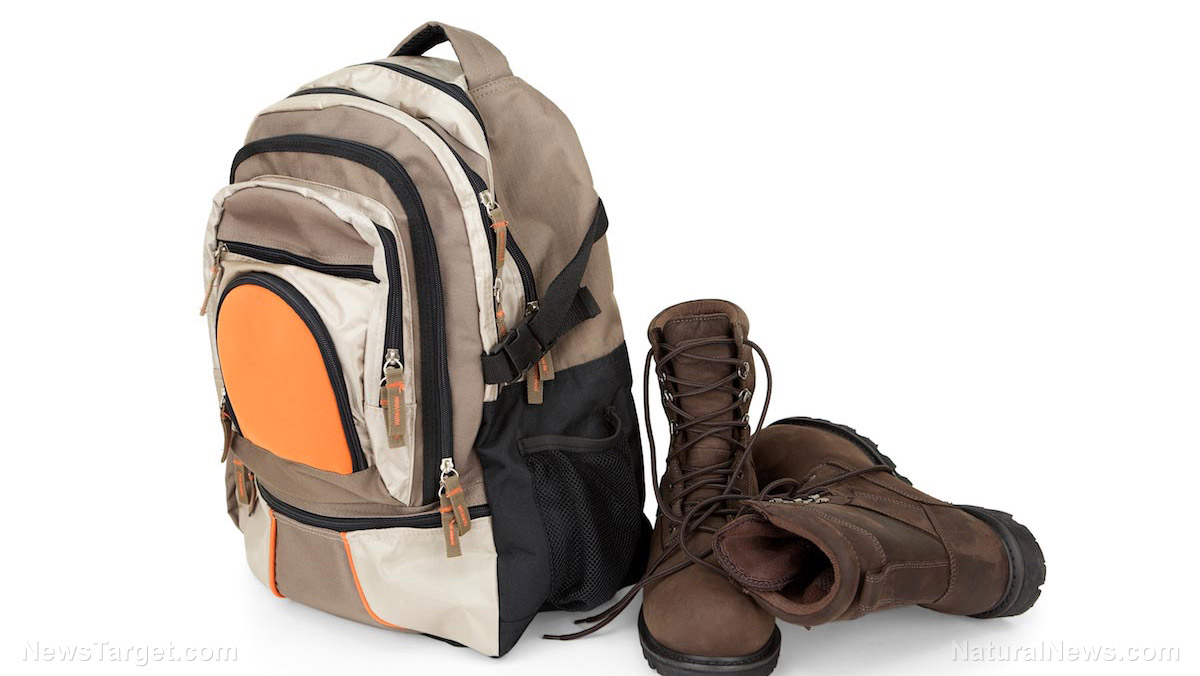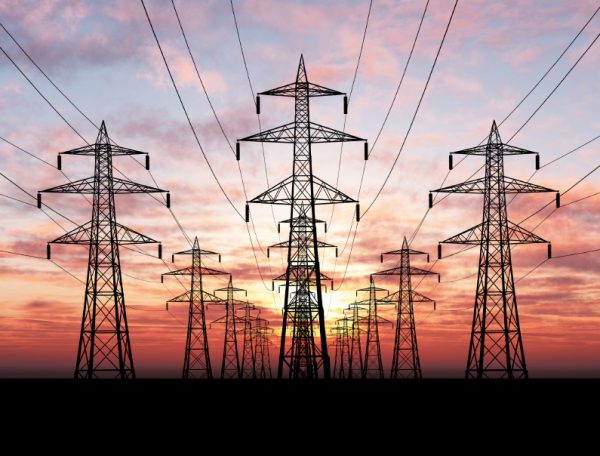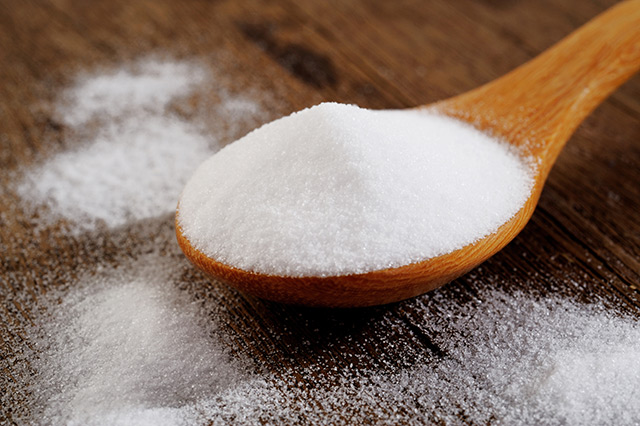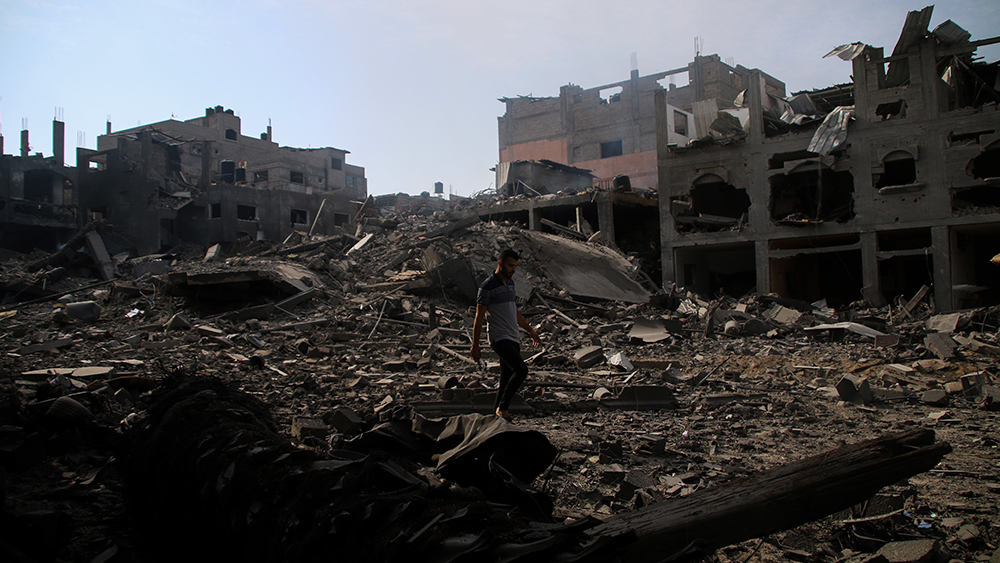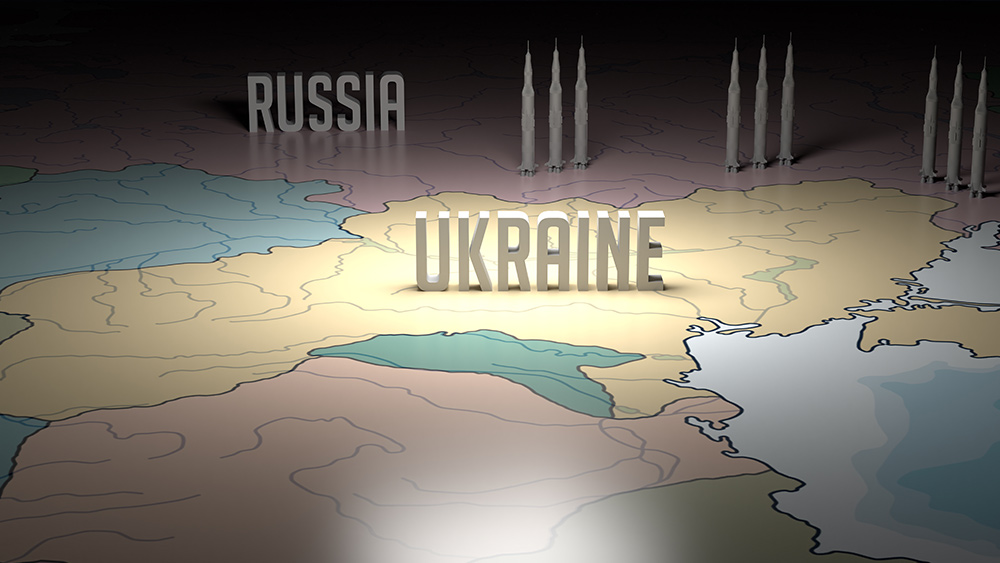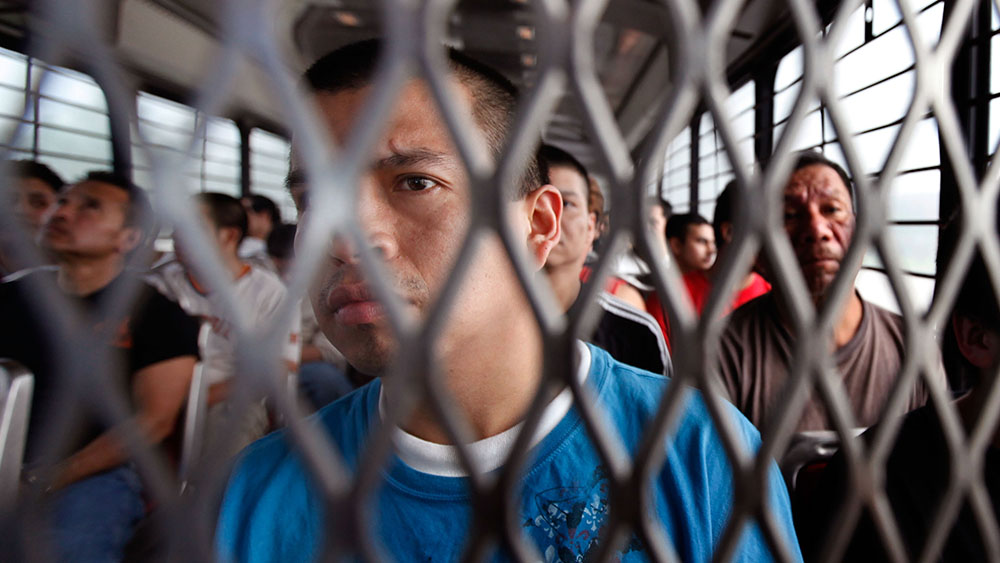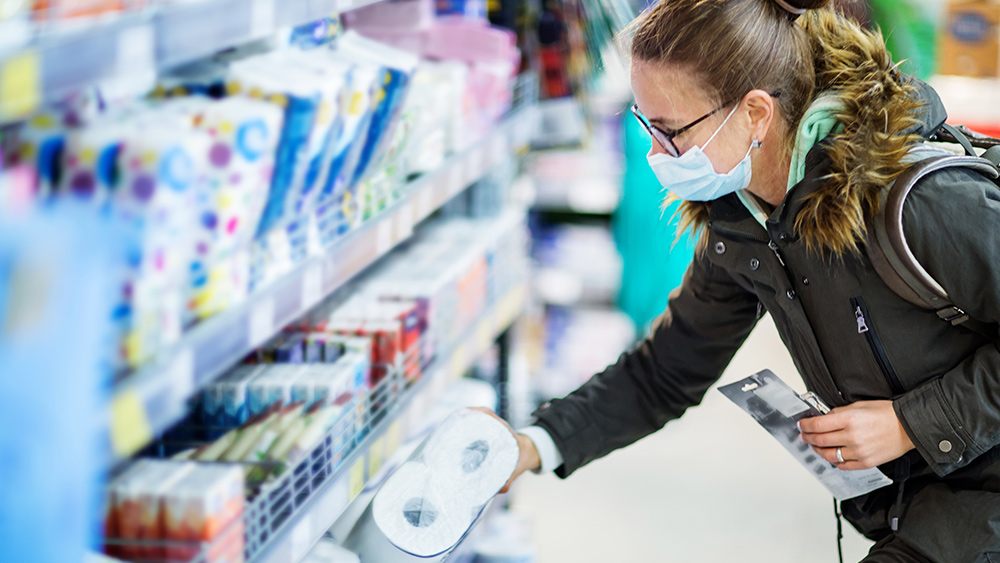
Start small to keep things manageable
If you're a beginner prepper, check your inventory, make a list of items you need and budget your money so you don't get overwhelmed. You can use the items in this checklist to prepare for common scenarios like a power outage, accidents at home, severe weather conditions or some natural disasters that are frequent in your state.Food and clean drinking water
You need to drink enough water to prevent dehydration, which can affect your chances of surviving a disaster. Make sure that you have enough food and water so you can keep up your strength when SHTF. If you're on a budget, you can make do with affordable items that will provide you with the nutrients and protein you need as you take care of daily chores. When stocking up on dehydrated foods, store more water for food prep. Here are some of the cheapest items you can buy for your food stockpile:- Assorted spices
- Bread
- Eggs
- Canned fruit
- Canned meat
- Canned soup
- Canned vegetables
- Coffee
- Flour
- Jarred pasta sauces
- Juice
- Pasta
- Peanut butter
- Rice
- Sugar
- Tea
Light and backup power sources
If you experience a lot of power outages in your area, you will need flashlights and lots of extra batteries. To eliminate the need for batteries, you can opt for solar flashlights and lanterns. Get a backup power source like generator or solar power unit so you can run radios and small appliances when the power is out. Use the radio to stay updated on weather and other news reports. Use candles and matches or lighters as a last resort if you're worried about possible fire danger. If you have small children at home, glow sticks are a much safer option. (Related: Stockpile storage tips: How to organize your survival supplies.)Hygiene and sanitation supplies
If you run out of running water when SHTF, you can maintain proper hygiene using wet wipes and hand sanitizer. You can also use wet wipes to clean countertops, sinks and other areas of your bathroom and kitchen. Without running water you can use hand sanitizer to keep your hands clean.Tissues
Tissues are perfect for cleaning up small spills. In a pinch, you can use tissues like gauze to stop bleeding.Different kinds of gloves
You can use different kinds of gloves when dealing with various messes, like work gloves for cleaning up after a flood or clearing your driveway after a snowstorm. Gloves will also help you stay warm when the weather is cold.Face masks
When prepping amid the coronavirus (COVID-19) pandemic, you will need face masks to protect your family from infections. You can also use masks to avoid dust and smoke in the air after a fire. When dealing with smoke, stock up on N95 masks.First aid kit
If someone gets injured after a disaster strikes, you may need to tend to their wounds if you can't reach emergency medical services. You need a first aid kit at home and in your car, especially if you plan on bugging out or evacuating if SHTF. Make sure you have items that you will need for burns, cuts, scratches or fractures in your first aid kit. Before disaster strikes, get proper first aid training so you know how to use all the items in your kit. Here are some items to pack in a basic first aid kit:- Anti-diarrhea medications
- Bandages and wound dressings (large)
- Basic surgical kit
- Betadine, iodine, peroxide and rubbing alcohol
- Blood pressure monitor
- Examination gloves
- Laxatives
- Needles and silk thread (for stitching wounds)
- Scissors
- Splint
- Thermometer
- Tweezers
Duct tape
Duct tape is a versatile survival item. You can use it to fix broken items temporarily like rips or tears in clothing. You can use duct tape to plug a leak in your boat or canoe. Duct tape can also seal openings air flow. While not a substitute for a properly set cast, duct tape wrapped around an injured extremity can help stabilize any broken bones or sprained joints.Extra blankets
You'll need extra blankets when SHTF during cold weather. When disaster strikes, you can use extra blankets for insulation under doorways, window coverings or makeshift pillows to raise a patient's feet and legs if they get injured. You can also use a folded blanket to support your neck or back. If you're prepping bug-out bags, opt for emergency blankets with heat-reflecting foil. You can use these blankets to build a makeshift shelter .Stock up on essential prepping and survival tools
If you're one to start different prepper projects, make sure you also have the right tools for different tasks, like bits, drills, hammers, pliers, saws and screwdrivers. Include a multi-tool in your bug-out bag to keep your bag light.Emergency whistle or horn
When SHTF, how quickly you respond to the situation could be critical to everyone's survival. Use an emergency whistle or horn to wake up family members during an earthquake or fire so you can quickly evacuate. If you're trapped inside your home when disaster strikes, use an emergency whistle or horn to signal for help. Alternatively, an emergency whistle or horn can be used to find a family member or neighbor amid the chaos following a natural disaster. If you think you will need to bug out with your whole family, try to pack most or all of the items in this list so you have what you need as you travel to your bug-out location. Visit Survival.news for more articles with tips on how to prepare a survival stockpile before SHTF. Sources include: FoodStorageMoms.com UrbanSurvivalSite.com MDCreekmore.com AskAPrepper.comAs global food prices spiral out of control, panic buying of food will become increasingly common
By News Editors // Share
Save and stockpile: Preparing for an economic collapse
By Zoey Sky // Share
10 Survival essentials you can score at garage sales
By Divina Ramirez // Share
Simple baking soda protects against colds, flu, and maybe even covid
By Ethan Huff // Share
Fatal consequences await those who are unprepared for this ‘dead of winter’ TEOTWAWKI scenario
By News Editors // Share
Report: Israel to pay for clearing vast amounts of rubble in Gaza after U.S. pressure
By patricklewis // Share
1,000 Evangelical pastors commissioned as pro-Israel ambassadors in Israeli-funded summit
By kevinhughes // Share
Venezuela accuses U.S. of "piracy" after seizure of oil tanker in disputed sanctions enforcement
By bellecarter // Share
DHS announces immigration milestone under Trump admin: 2.5 million illegals DEPORTED
By ramontomeydw // Share
A significant national problem exposed: Gold bar scam targets elderly victims
By ramontomeydw // Share


